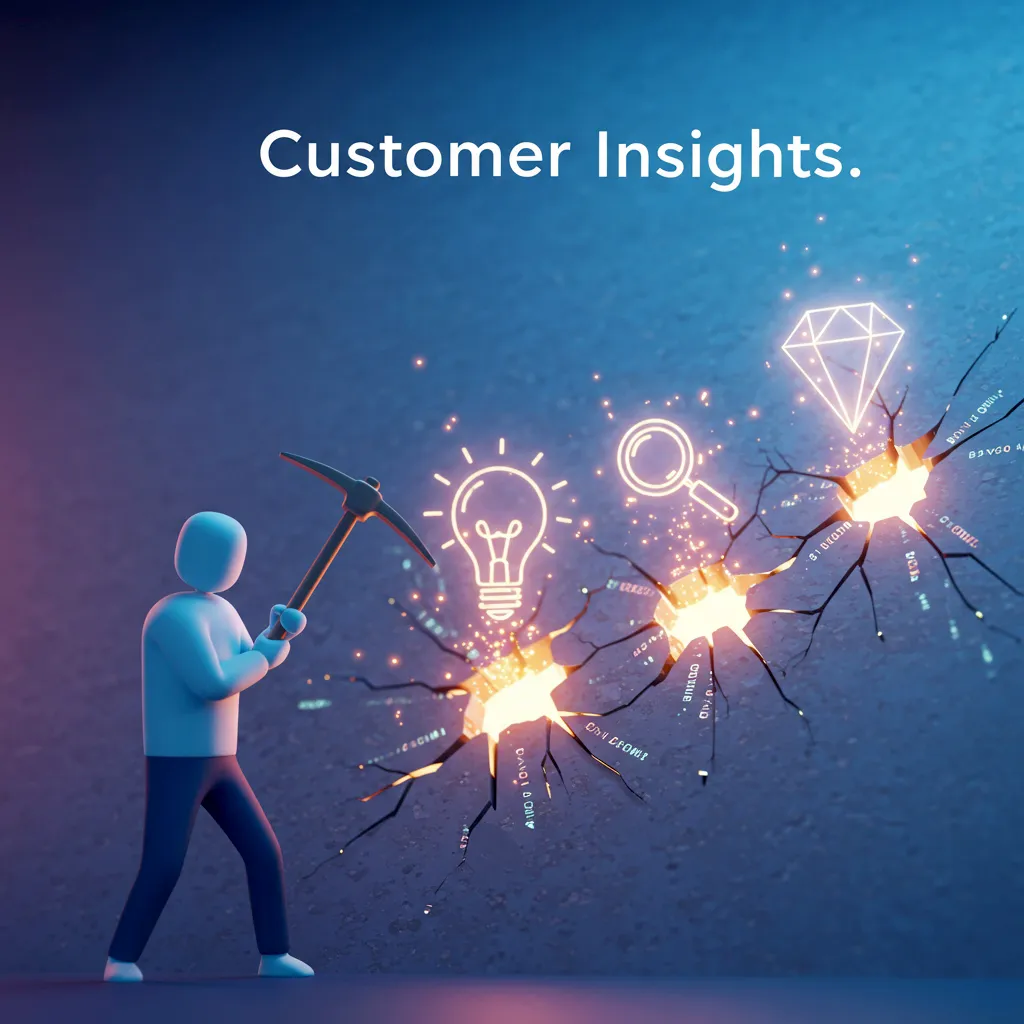Building and launching a micro SaaS is a rewarding journey, but it’s also filled with potential pitfalls. As a solo founder or a small team, learning from the mistakes of others can save you a huge amount of time, money, and stress. It’s also important to understand that handling customer support and feedback is not just a chore; it’s one of your most powerful tools for growth. This article will help you identify micro saas mistakes to avoid and give you the best strategies for solo founder customer support for micro saas.
Learn from others’ experiences in our micro SaaS ultimate guide, which covers everything from finding an idea to achieving a successful exit.
The Most Common Micro SaaS Mistakes to Avoid
Starting a new venture can lead to common errors, especially for those who are building software for the first time. By being aware of these pitfalls, you can steer clear of them and increase your chances of success.
Mistake 1: Building a Product Nobody Wants
This is, without a doubt, the most common and damaging mistake. Founders often fall in love with their idea and spend months building a product that they believe is amazing, without ever talking to their potential customers. They create a solution looking for a problem, instead of the other way around.
- How to avoid it: Before you write a single line of code, you must validate your idea. This involves talking to people in your target audience and making sure they have a real, painful problem that they are willing to pay to solve. Validating your idea upfront can prevent many mistakes. For more on this, read our guide on the topic: How to Validate Your Micro SaaS Idea Before Building.
Mistake 2: Trying to Do Too Much (Feature Creep)
It’s tempting to add every possible feature you can think of. But building a giant, complex product takes a lot of time and effort, especially for a solo founder. This common mistake, known as “feature creep,” can cause you to get stuck in development for months or even years without ever launching.
- How to avoid it: Focus on your Minimum Viable Product (MVP). Identify the one core problem you solve and build only the features needed to solve it. You can always add more features later after you have your first paying customers and their valuable feedback.
Mistake 3: Ignoring Your Customers and Their Feedback
Once you launch, your customers will start talking to you. Some will tell you what they love, and others will tell you what they don’t. Ignoring this feedback is a huge mistake. It’s a goldmine of information about what your product is missing and where you can improve.
- How to avoid it: Treat every piece of feedback as a gift. It gives you a direct look into how people are using your product and what their biggest frustrations are.
Your Guide to Solo Founder Customer Support
As a solo founder, handling customer support might feel like a chore, but it’s actually your biggest advantage. Instead of a faceless support team, you can offer personal, direct help that big companies simply can’t match. This is the heart of solo founder customer support for micro saas.

- Be Fast and Personal: When someone reaches out, try to respond as quickly as you can. Use their name and a friendly tone. Remember, they are talking to the person who built the product!
- Keep it Simple: In the beginning, you don’t need a complicated support system. A simple contact form on your website that sends an email is more than enough. As you grow, you can add simple chat widgets or a knowledge base.
- View Support as a Learning Opportunity: Every time a customer contacts you with a problem or a question, you are learning. You are learning how they think, what’s confusing about your product, and what needs to be improved.
The Art of Handling Feedback
Effectively handling feedback for micro saas is a skill you must learn. It’s about listening more than you talk and understanding the real problem behind the words.
- How to Collect Micro SaaS Feedback: Make it easy for people to give you feedback. Have a simple link or form on every page of your app that says “Send us feedback!” You can also use a simple email address like
support@yourdomain.com. - Listen for Patterns: It’s easy to get sidetracked by a single user’s request, but the key is to look for patterns. If five people all ask for the same feature or complain about the same bug, that’s a clear sign you should focus on that issue.
- Set Expectations: You won’t be able to build every feature a customer asks for. It’s okay to tell them that you’ve heard their idea, that you’re looking into it, and that you’ll let them know if you decide to add it. This makes them feel heard without you making a promise you can’t keep.

Good customer support and a positive attitude toward feedback can have a big impact on your business. It not only keeps your current customers happy, but it also helps you improve your product in a meaningful way, which can lead to better metrics like a lower churn rate. We discuss this in more detail in our guide on: The Most Important Metrics to Track for Micro SaaS Success.
Final Thoughts on Avoiding Mistakes and Supporting Your Users
Building a micro SaaS is a long journey, and you will make mistakes. But by focusing on avoiding common pitfalls like building the wrong product and by seeing customer support as a powerful growth tool, you can put your business on a solid path to success. Listen to your users, build what they need, and treat them with a personal touch—that’s the key to making a great product and a thriving business.

